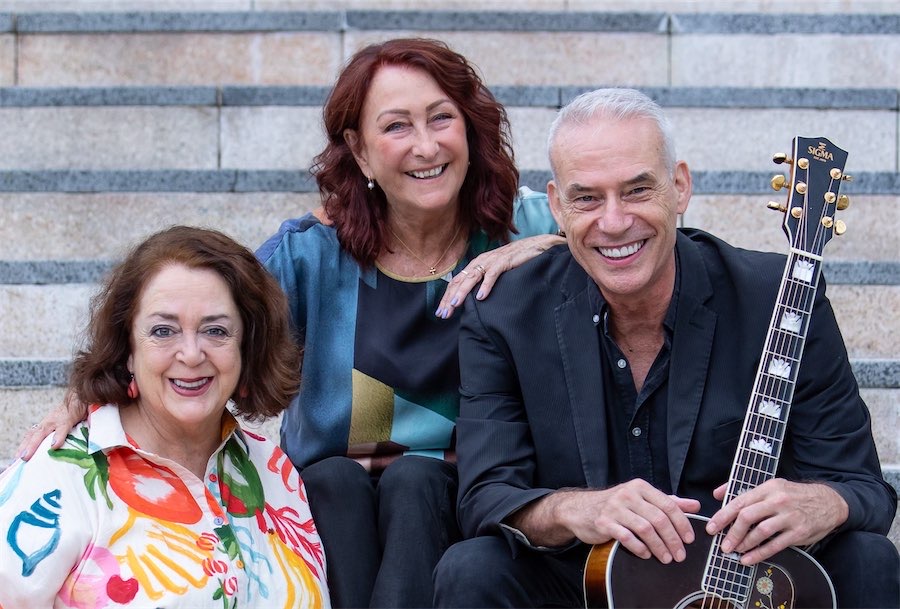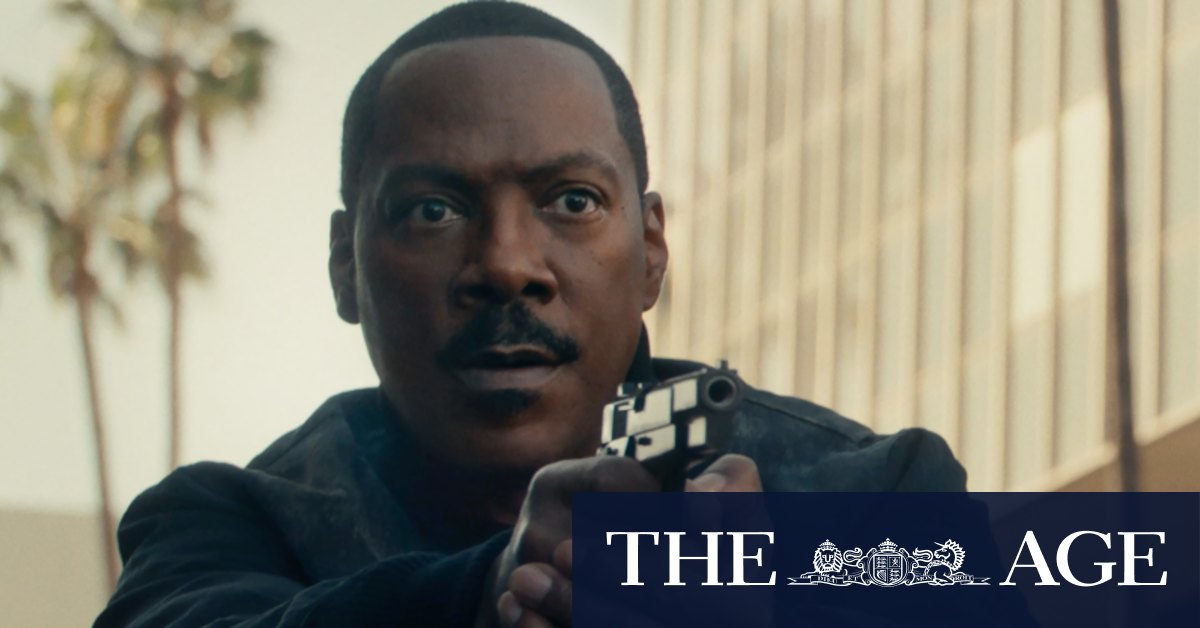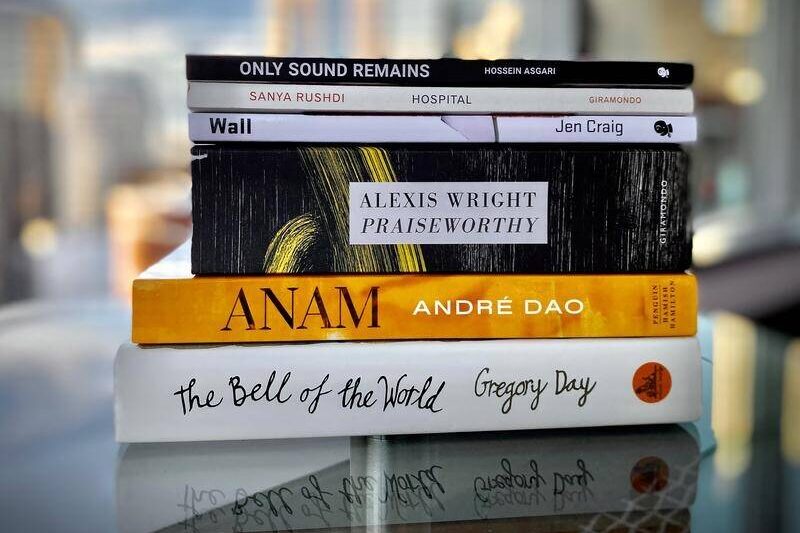It’s almost impossible to believe it, but the upcoming exhibition, Gauguin’s World: Tōna Iho, Tōna Ao, is the first exhibition in this country dedicated to the famous French post-impressionist artist.
Paul Gauguin is the subject of legends both positive and negative and his name has suffered a deal of a opprobrium in the post #MeToo era because of his use of young women as models and lovers during his years in Tahiti and the Marquesas.
So much so that the National Gallery of Australia’s senior curator of international art, Lucina Ward, says it’s almost a case of “love the art; hate the artist”.
He was the inspiration for Somerset Maugham’s book The Moon and Sixpence but more significantly, in a recent book, Trouble in Paradise: Gauguin and Polynesia, Nicholas Thomas re-examines Gauguin’s engagement with Polynesian culture more positively.
The exhibition’s curator is Henri Loyrette, the former director of the Louvre Museum and Musée d’Orsay in Paris,
Loyrette, funded by the Australian International Cultural Foundation for a trip to Tahiti and Hiva Oa in the Marquesas Islands, has researched how the landscape, people and culture were interpreted by Gauguin, opening up a new window on the Pacific.

Ward says it’s been a great pleasure to work with him, enjoying his knowledge of French 19th century artists, and also being part of an NGA-created “first”.
With more than 130 important paintings on show from more than 60 public and private collections, the paintings trace the artist’s life and work.
“He wanted to live outside French society, to move away from the control of the centre and, let’s face it, lead a more decadent lifestyle,” Ward says.
“The art scene in France was very competitive, so working with van Gogh in the south, he had a chance to play with ideas of painting something different.”
The exhibition is conceived to show Gauguin looking back on his life from his home in the Marquesas, conscious that he didn’t have long to live.
Without access to medical care and increasingly reliant on morphine, he was effectively bedridden for his last 12 to 18 months, which Loyrette believes became a period of great self-reflection.
The very first thing we’ll see on arrival is a short film emphasising his love of travel, which had begun very early when his family went to live in Peru. They returned to France when he was age 7.
He worked as a stockbroker in Paris, a tarpaulin salesman in Copenhagen and a merchant seaman, travelling around the world.
He also lived in Bretagne, Martinique, Panama, Arles then later in Tahiti and the Marquesas Islands, where he died in 1903.

By 19th century standards he was remarkably well-travelled and the show reflects this.
The exhibition jumps back to the 1870s. In the early rooms, we see his ceramics, rooms devoted to his time in Bretagne and his experiments with different media and colour, as well as works from his brief sojourn in Arles, where he worked alongside van Gogh.
The fourth room jumps forward again to 1891 when he went on a mission to Tahiti at a time when the French government was trying to encourage migration and it was hoped that Gauguin could contribute to the effort with enticing paintings.
The fifth room shows several huge works from the Musee D’Orsay and the final room focuses on images from Tahiti and the Marquesas.
“We haven’t shied away from the controversies about Gauguin,” Ward says. “We know about the young women in Tahiti and the Marquesas, but they had more agency than you would think.
“We are very conscious that the exhibition could raise questions, but bringing his works here in such a major exhibition is positive.
“Gaugin has finally arrived back in the Pacific.”
Gauguin’s World: Tōna Iho, Tōna Ao, National Gallery of Australia, June 29-October 7.
Who can be trusted?
In a world of spin and confusion, there’s never been a more important time to support independent journalism in Canberra.
If you trust our work online and want to enforce the power of independent voices, I invite you to make a small contribution.
Every dollar of support is invested back into our journalism to help keep citynews.com.au strong and free.
Thank you,
Ian Meikle, editor





